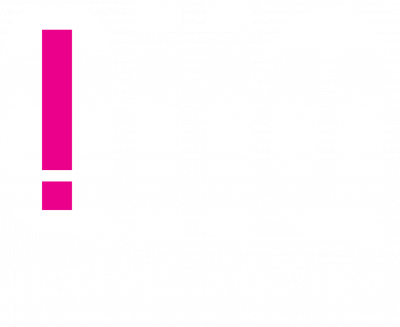Before I started on the QiiQ path, I was warned that achieving traction in healthtech is VERY difficult and takes a lot of patience. One savvy veteran warned that it will inevitably be a “long slog.” At QiiQ, we’re all of the mind that the work we do now to aim the ship, the greater the probability we’ll be successful with our efforts.
A common generalization: there are primarily 2 markets for the value we’re seeking to build:
1) clinicians
2) administrators
These two audiences don’t always have the same objectives. Administrators are often driven by business objectives (centered on revenue and costs), and clinicians are driven by the patient experience and the potency of the care exercise.
I think a lot of healthtech is designed to satisfy the interests of the administrator, without really addressing those of the clinician. No surprise tho – it’s the administrators who write the big checks. Clinicians are thereby often stuck with bad software experiences.
My observations of venture-funded healthtech today is that there is a movement to pursue the embrace of both these constituents. This may be driven by the evolving revenue incentive system instantiated by the Affordable Care Act. While its effect is still embryonic, it will ratchet up over the next 5 years – increasing the rewards for delivering better care. This puts more pressure on care delivery teams to deliver business value. Just showing up for work and doing the time on tasks isn’t going to be enough. The same holds true of the tech that clinicians use: it cannot just “show up.”
What this means to us:
Indeed, we must address the objectives of administrators. That proposition needs to be strong and clear. It’s coded into our strategy.
At the same time, we MUST address the interests of the clinical teams on the front lines. We have to build to enable them to do their jobs more effectively. I will add that we must also design for user DELIGHT – given the importance of adherence to use.
This is the background upon which designer Rachael Eckersley is working. She’s invested an enormous amount of time in learning about the care process. She’s talked with clinicians and administrators. She spent hours in the Surrey Memorial Emergency Department watching delivery teams struggle with technology (often in the form of pen and paper) while performing admirably under incredible stress and urgency. She saw first hand the challenges they face in getting their work done and has been conceiving ways to make it easier for them while exploiting the objectives we’ve set for ourselves around aiding protocol execution.
I’ve sketched out a sepsis-centric focus for QiiQ. That focus has been widened to cover other disease-states – knowing full well that just targeting sepsis leaves out a lot of the deeply held ambitions of many other constituents who we can also serve. But what makes this whole approach unique is that we appeal to well-known enemies in care delivery (unlike most other IT products supporting workflow and performance). I accept that these disease enemies may not be top-of-mind for a lot of administrators. Question is whether we can ride into the market with the support of those who DO have these disease states top-of-mind.
Whether we center the value prop (and message) on disease states, or whether its operational effectiveness, Rachael is designing a software experience that appeals to the needs of the users who’ll be immersed in it (if we want to have a hope they’ll be willing).
Dave


Leave A Comment